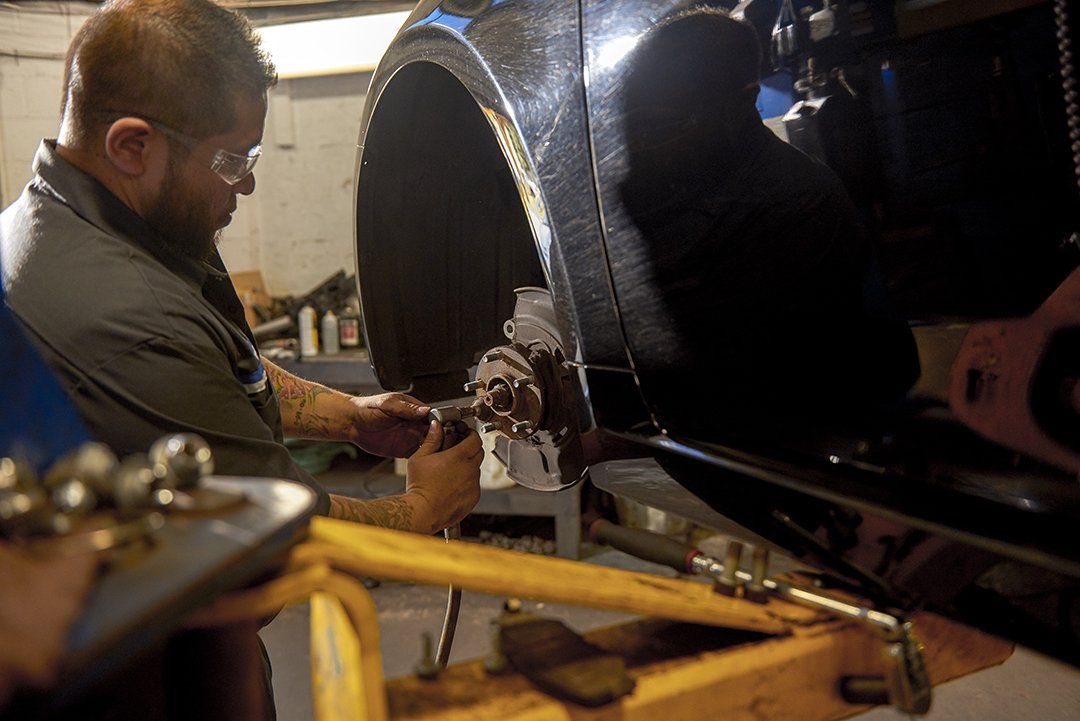Modern lorries frequently come furnished with either Four-Wheel Drive (4WD) or Four-wheel Drive (AWD) systems, both created to improve grip and control. While they offer comparable objectives, their applications and capabilities vary.
4WD systems, commonly found in trucks and SUVs, are engineered for off-road problems and hefty towing. They enable drivers to switch over between two-wheel drive (2WD) and 4WD settings, offering adaptability based on surface and driving needs.

AWD systems, on the various other hand, are generally discovered in cars, station wagons, and cars. These systems immediately disperse power to all 4 wheels, boosting grip in numerous driving problems without chauffeur intervention. While AWD supplies improved managing and stability, particularly in unfavorable weather, it also introduces added mechanical complexity, which may necessitate more constant upkeep.
Regular inspections and upkeep are critical for both systems to ensure longevity and integrity. Parts such as differentials, transfer cases, and hubs should be consistently examined by certified specialists. Appropriate upkeep not just avoids pricey repair work but additionally ensures that your car does ideally, despite the driving conditions.

Check for more info at Logan Square Auto Repair - Four-Wheel-Drive System Service & Repair Facebook Youtube Instagram
Navigation
Latest Posts
Score Exclusive Offers at Friendly Lincoln for a Limited Time
Friendly Lincoln - Premium Lincoln Deals, Exceptional Savings
Hybrid Power, Unlimited Possibilities